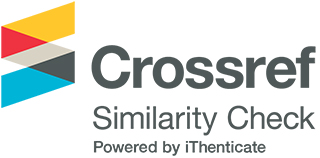Migration, Human Trafficking and Modern Slavery Implications for ‘Japa’ Syndrome in Selected Post-Colonial Texts
DOI:
https://doi.org/10.33422/sgsj.v2i2.669Keywords:
Migration, Human trafficking, Modern slavery, Women's exploitation, 'Japa' SyndromeAbstract
Migration has become a prevalent strategy for vulnerable women and girls seeking better opportunities. This study examines the intricate relationship between migration, human trafficking, and modern slavery through a qualitative approach, utilising Dressel & MacDonald (2018) and George & Bennett's (2005) comparative textual analysis. By analysing Nawal El Sadaawi’s Woman at Point Zero (2015) and Patricia McCormick’s Sold (2006), the study highlights the vulnerabilities faced by characters Firdaus and Lakshmi, paralleling the experiences of Nigerian women pursuing 'Japa' (emigration). Crenshaw's (2013) Intersectionality theory provides the framework for understanding these complexities. The study indicates a significant risk of exploitation during migration, emphasising the struggles for agency amidst economic migration. The study calls for increased awareness, education, and policy interventions to address the risks of 'Japa,' human trafficking, and modern slavery, advocating for systemic changes to protect and empower women.
Downloads
Published
Issue
Section
License
Copyright (c) 2024 Sunday Olaoluwagbamila Dawodu, Gracious Ojiebun

This work is licensed under a Creative Commons Attribution 4.0 International License.











